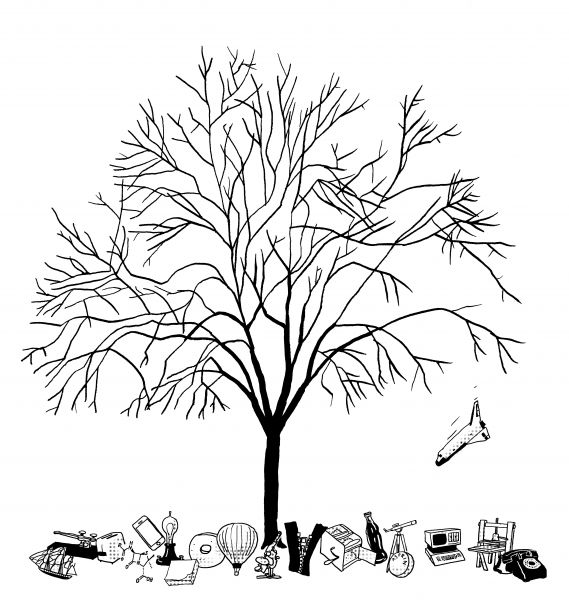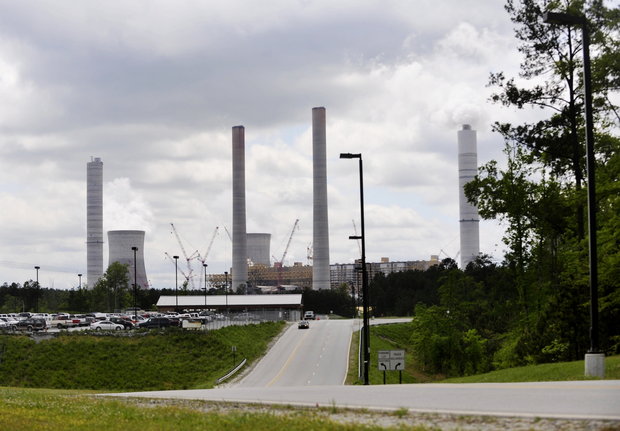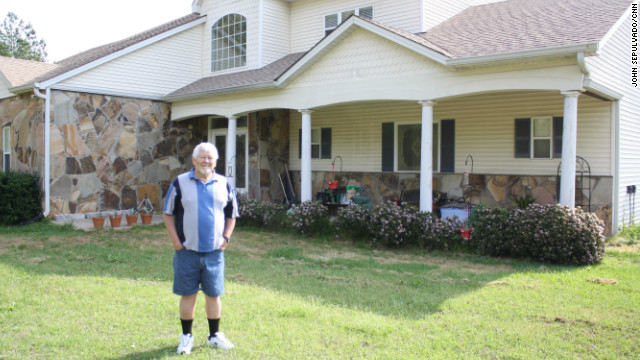 How can a man with health care financial troubles make a living with a shop he’s had for decades when some of the neighbors complain about a rezoning that is now required? A controversial case that raised issues ranging from wetlands to public safety to Moody Air Force Base jets flying out of Valdosta Airport made its way through two appointed boards to a Solomonic rezoning decision by the elected Lowndes County Commission. Nobody wanted to deny a man a living, but many people wanted to limit potential commercial uses of the subject property. The Commissioners attempted to take all that into account, yet failed to incorporate two major considerations raised by neighbors, mentioning one of them only to disparage it. Even that isn’t the end of it, since it may head back to the Zoning Board of Appeals for a buffer variance. Here are videos of REZ-2012-09 Copeland at the Lowndes County Commission.
How can a man with health care financial troubles make a living with a shop he’s had for decades when some of the neighbors complain about a rezoning that is now required? A controversial case that raised issues ranging from wetlands to public safety to Moody Air Force Base jets flying out of Valdosta Airport made its way through two appointed boards to a Solomonic rezoning decision by the elected Lowndes County Commission. Nobody wanted to deny a man a living, but many people wanted to limit potential commercial uses of the subject property. The Commissioners attempted to take all that into account, yet failed to incorporate two major considerations raised by neighbors, mentioning one of them only to disparage it. Even that isn’t the end of it, since it may head back to the Zoning Board of Appeals for a buffer variance. Here are videos of REZ-2012-09 Copeland at the Lowndes County Commission.
It had been to the Planning Commission for a recommendation on rezoning, it had been to the Zoning Board of Appeals for a buffer variance, Monday morning it had been to the County Commission Work Session at which we learned a bit more, and Tuesday evening it went to the Lowndes County Commission Regular Session for a vote on rezoning.
Monday 11 June 2012 Work Session
 At the 8:30 AM Monday Work Session, County Planner Jason Davenport had several updates since Commissioners had received their packets the previous week.
At the 8:30 AM Monday Work Session, County Planner Jason Davenport had several updates since Commissioners had received their packets the previous week.
- An email from a Mr. Bradford in opposition.
- Some open records requests to be filled after the work session.
- Some opponents of the rezoning had hired a lawyer. (Those of you who watched Bill Nijem at the Zoning Board of Appeals meeting already would have guessed that. Nijem also spoke the next day at the Regular Session.)
- Davenport had met with the applicant, Mr. Copeland, who had provided more materials because he believed there were some accusations about lack of continuous operations in the building.
Davenport summarized that he thought there were three camps:
- Those not supporting the case.
- Those supporting the case,
- Those supporting the case with conditions,
He said one possibility would be for he and the county attorney to meet with the opposition attorney to try to work out some conditions.
Tuesday 12 June 2012 Regular Session
The agenda item was
6. Public Hearings – REZ-2012-09 Copeland, 3258 & 3264 Loch Laurel Rd, R-A & R-1 to C-C, well & septic, ~5 acres
Here’s a list of every citizen speaking for, at any of GLPC, ZBOA, or County Commission: John A. Copeland (the applicant), Kevin Copeland (applicant’s son), Nancy Hobby, Charles Miles, Fuller Sorrell, Alan Davis, Robert Roffe, and Norman Bush, plus a petition for.
Here’s a list of every citizen speaking against, at any of GLPC, ZBOA, or County Commission: Bill Nijem (attorney for several neighbors), Jimmy Hiers, Gail Hiers, Greta Vargas, and Patty Haynes.









